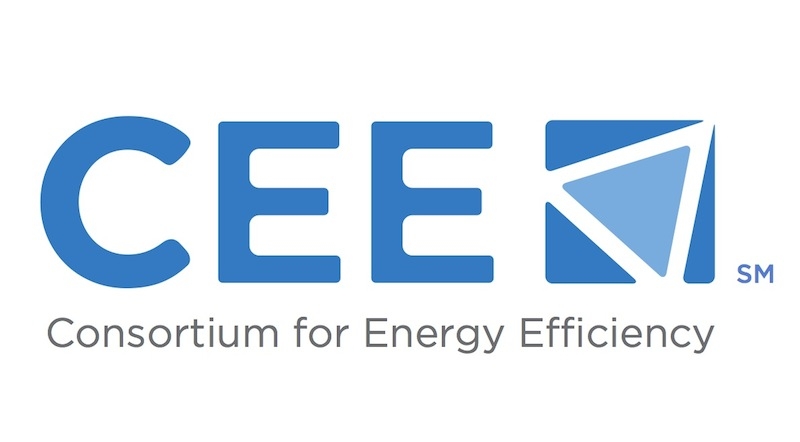
Commercial
Industrial
Institutional
News
Energy efficiency program administrators delivering greater impact, CEE
March 24, 2014 - The Consortium for Energy Efficiency (CEE) released its 8th annual Industry Report, which paints a picture of Canadian and U.S. energy efficiency and demand-response investments. Including survey responses from 361 utility and non-utility programs, the survey shows program investments and budgets continue to rise, with corresponding growth in savings.
March 24, 2014 By Anthony Capkun

2013 budgets climbed to $9.6 billion, and Canadian and U.S. combined gas and electric demand-side investments reached $8 billion from all sources in 2012.
New in this year’s report (download below) is the collection of funding from all sources for electric efficiency, in addition to ratepayer funds. For example, wholesale capacity market revenues, regional carbon market funds, weatherization assistance programs and other sources were gathered. This year’s survey also pursued an “unprecedented level” of enquiry into underlying programmatic details, boasts CEE, deepening understanding of the industry.
“The report results clearly illustrate the resiliency of program administrators as they deliver ever greater impacts over and above their impressive past,” said Ed Wisniewski, CEE executive director. “Considering such achievements occurred during a period of economic downturn, volatile and relatively depressed natural gas costs, and following aggressive federal standard setting largely enabled by programs, this is quite a remarkable achievement.”
Total expenditures grew to $8 billion in 2012, a 9% percent increase from $7.4 billion in 2011. Natural gas program expenditures in Canada and the States rose 16% in 2012 to just over $1.2 billion. Canadian and U.S. program administrators spent over $1.1 billion from all sources on demand-response programs in 2012, representing increases of 9% over 2011. The expected emergence of connected devices may enable greater impacts from demand response investment, added CEE.
CEE member programs accounted for 81% (nearly $6.6 billion) of expenditures from both ratepayer and other sources of funding. CEE is a consortium of efficiency program administrators from the United States and Canada whose members work to unify program approaches across jurisdictions to increase the success of efficiency in markets. By joining forces at CEE, individual electric and gas efficiency programs are able to partner not only with each other, but also with other industries, trade associations and government agencies.
Print this page